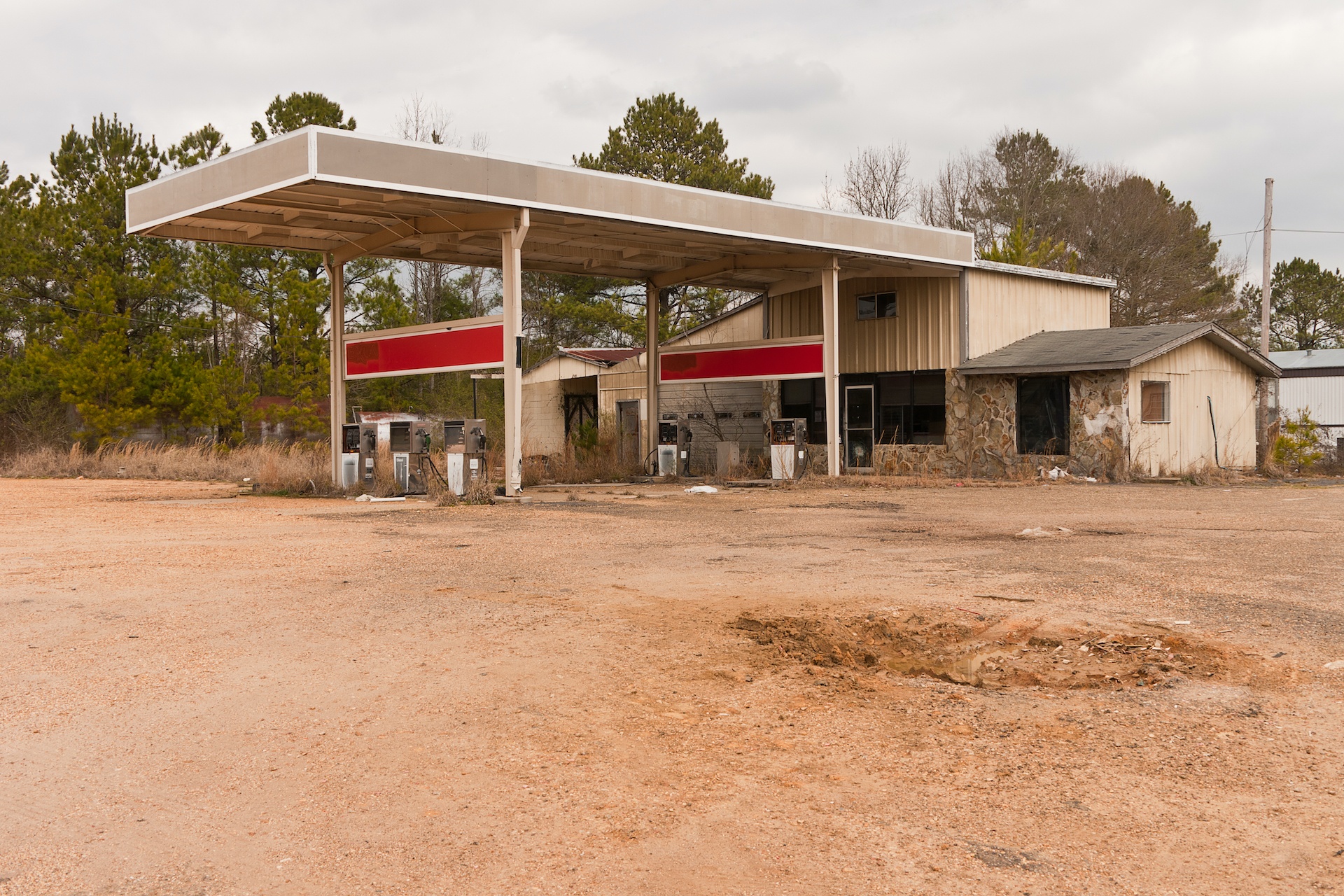Some counties grew in Mississippi last decade. Most didn’t.

While Mississippi’s population declined over the past decade, about a dozen counties saw significant growth.
According to Census data, 22 counties saw population gains over the past decade, but that includes places with small growth such as Tippah county, which added 25 residents, and Itawamba county, which added 133.
Population changes by county
Fourteen counties experienced population growth of at least three percent:
| County | Population change | Percentage change |
|---|---|---|
| Desoto | 24,260 | 15.70% |
| Harrison | 22,711 | 12.50% |
| Rankin | 14,154 | 10.20% |
| Madison | 12,575 | 13.70% |
| Lamar | 9,410 | 17.90% |
| Lafayette | 7,731 | 16.90% |
| Jackson | 5,294 | 3.90% |
| Hancock | 4,553 | 10.70% |
| Lee | 3,626 | 4.50% |
| Oktibbeha | 2,983 | 6.40% |
| Pontotoc | 2,095 | 7.10% |
| George | 1,856 | 8.40% |
| Union | 1,585 | 5.90% |
| Stone | 1,353 | 8% |
Essentially, Mississippi’s growth is limited to a few pockets:
- The Gulf Coast counties of Harrison, Hancock, and Jackson, along with Stone and George counties, which are just north of the lower three counties;
- The Jackson suburbs of Rankin and Madison;
- Areas around Tupelo/ Lee county, including Union and Pontotoc counties;
- The Pine Belt, with the strongest growth in Lamar county, and small growth (1-2%) in Forrest and Jones counties;
- SEC college towns (Oktibbeha and Lafayette counties);
- Desoto county, a suburb of Memphis, which again had the strongest growth in the state.
Desoto county also happens to be the only county where there is a substantial influx of tax dollars from another state. Over the past two decades, the Memphis suburb has gained more than $1 billion in wealth from Shelby county, just across the state line.
And on the Coast, you saw small net positive gains from neighboring Louisiana counties, but nothing dramatic. Rather, most of the new residents (and money) that came into the fast-growing counties are from those that already lived in Mississippi. For example, Madison county gained more than $1 billion in AGI, second to only Desoto county for growth. But 80 percent of that was money that left Hinds county. Hinds county happened to be the biggest loser in the state, shedding nearly $2 billion of wealth.
For the time, some counties are growing, more are shrinking, and Mississippi’s economy and economic output is stagnant.
